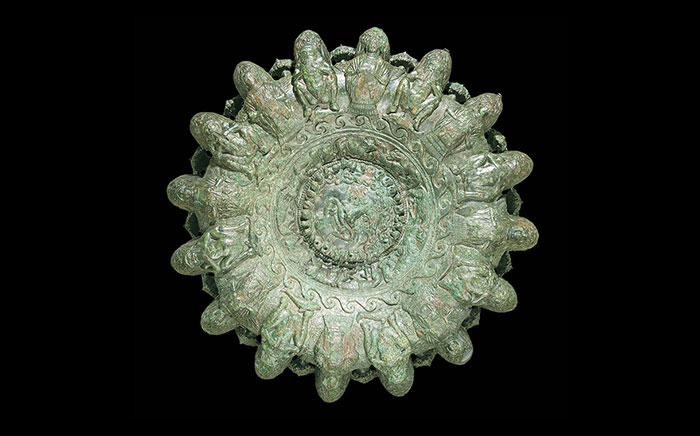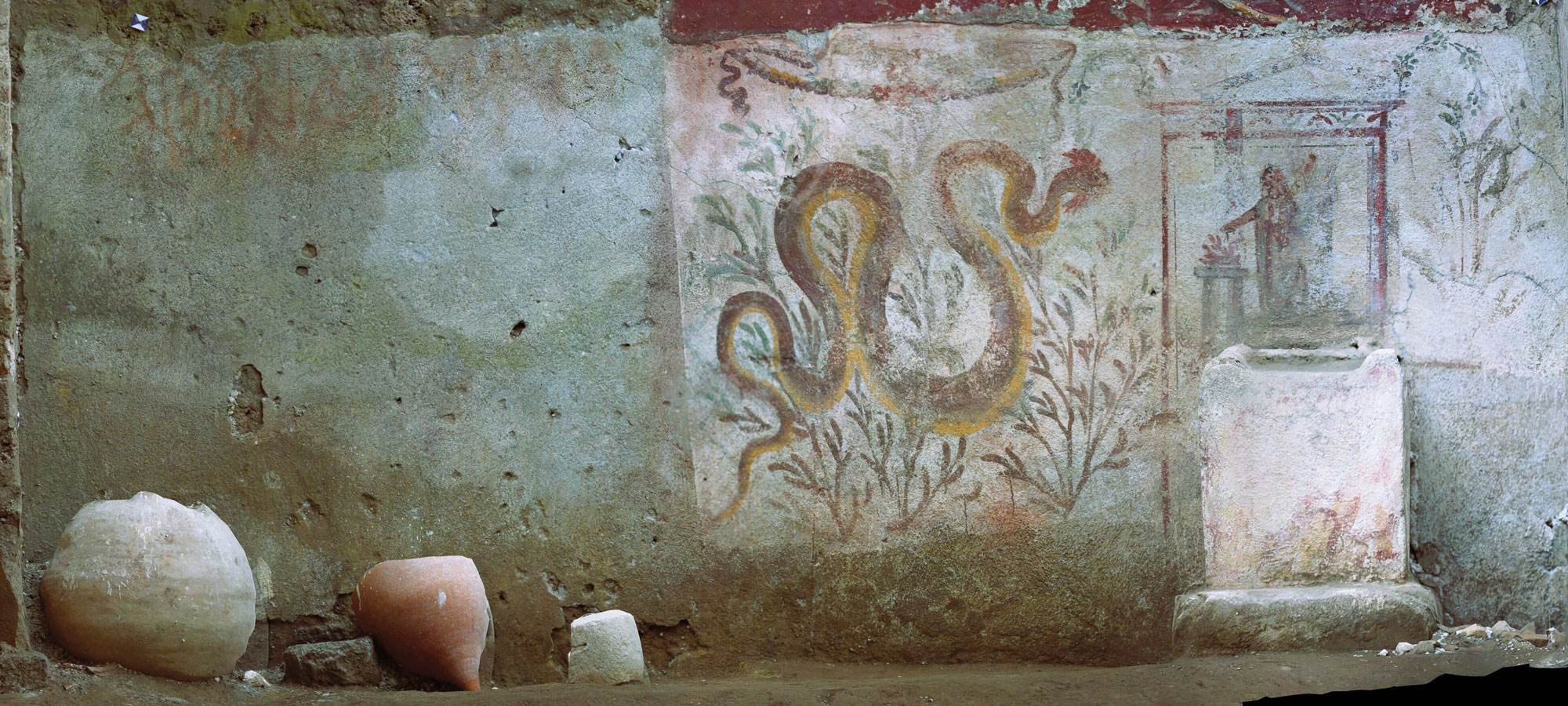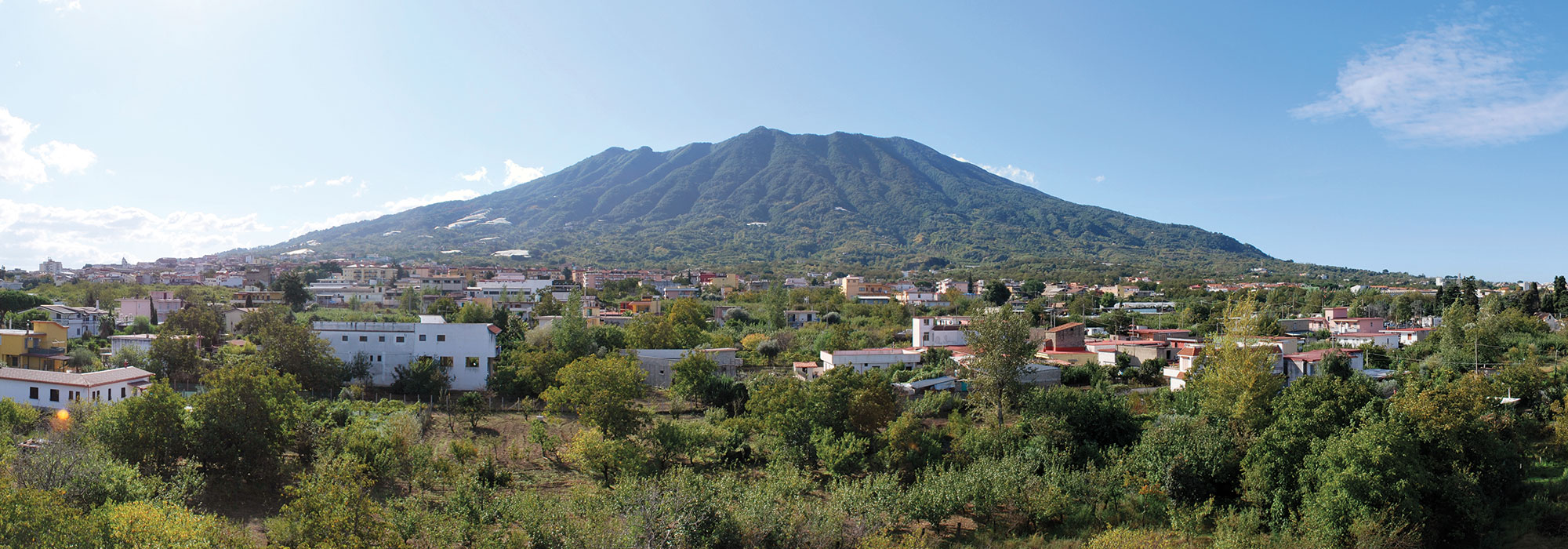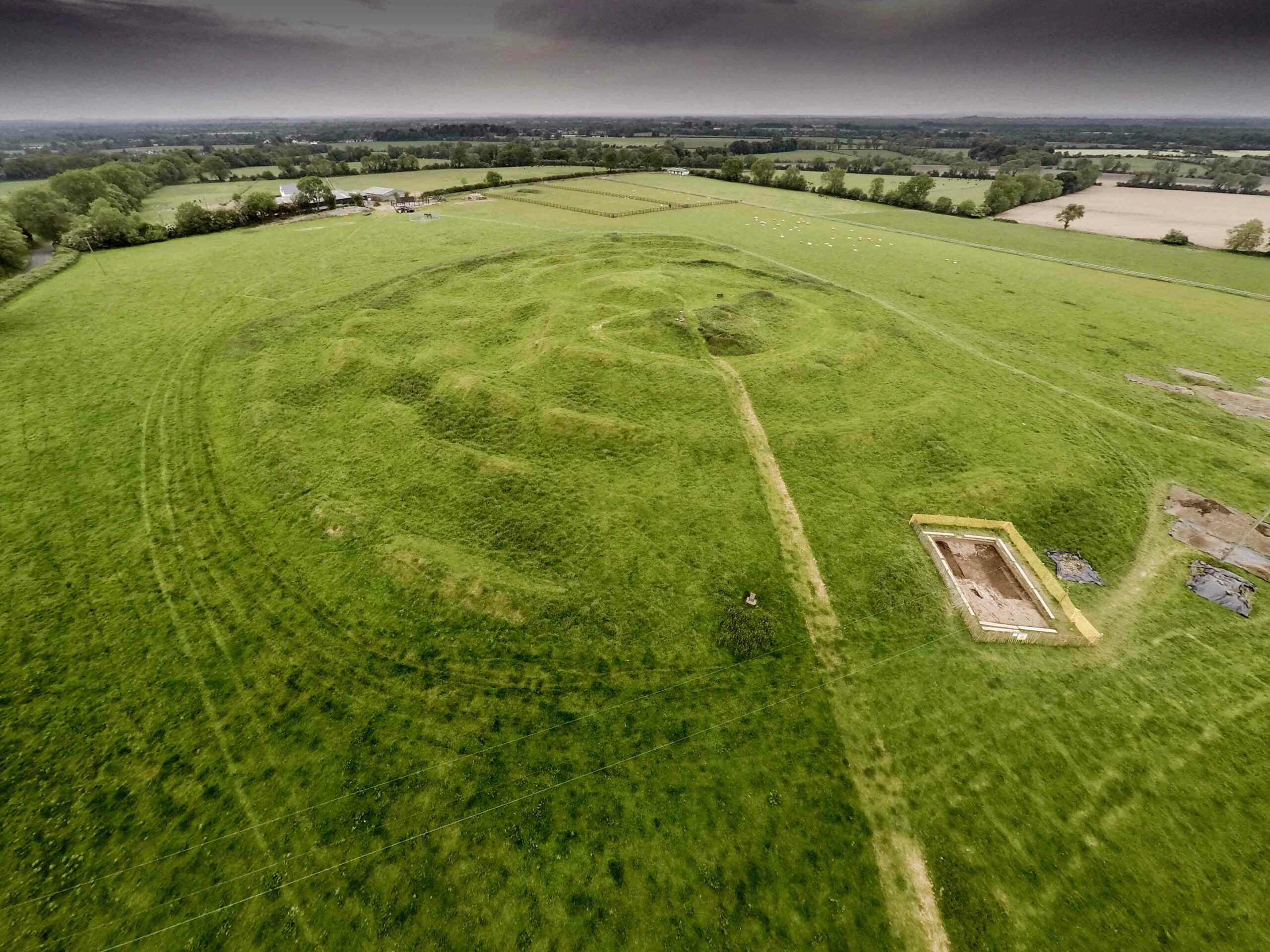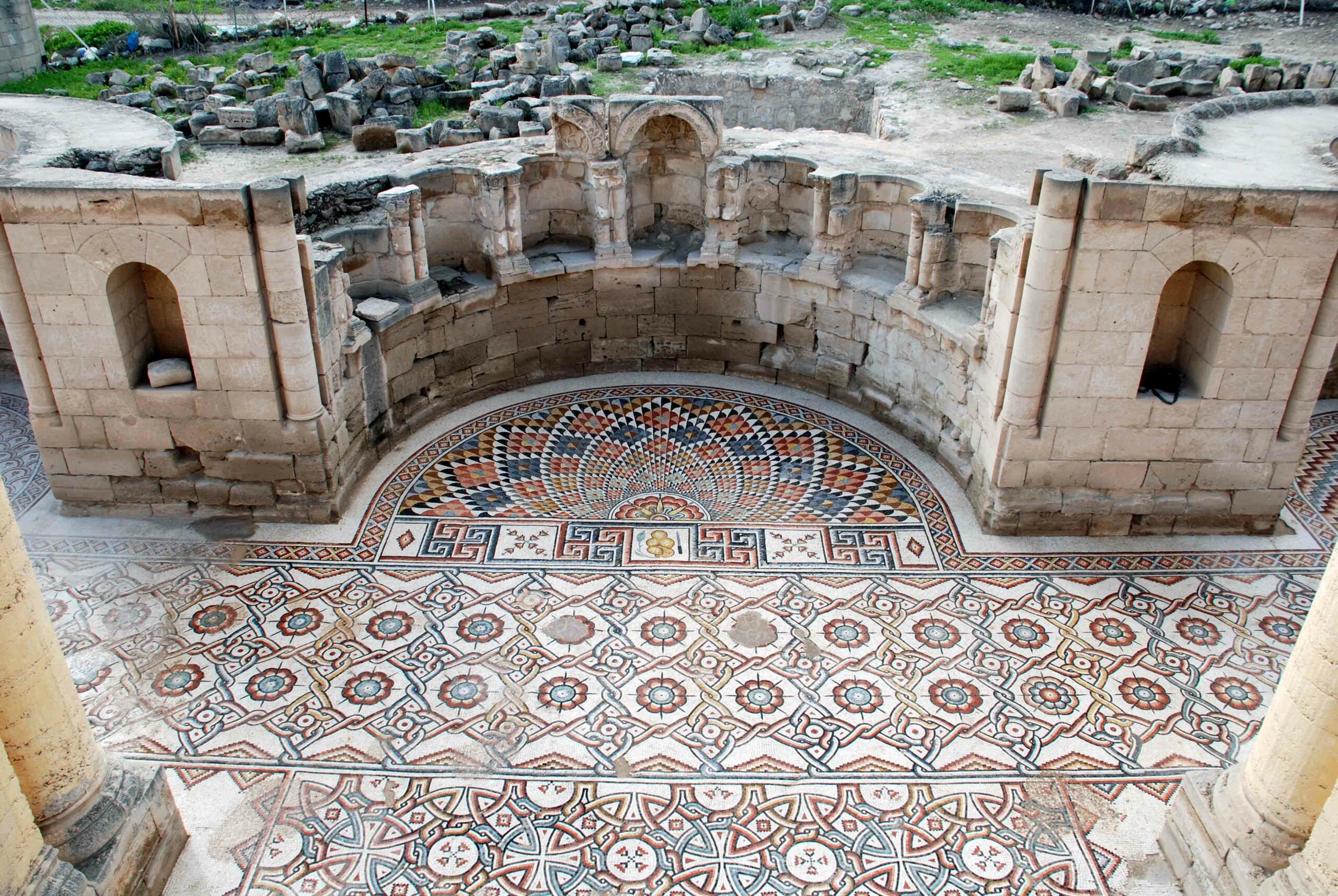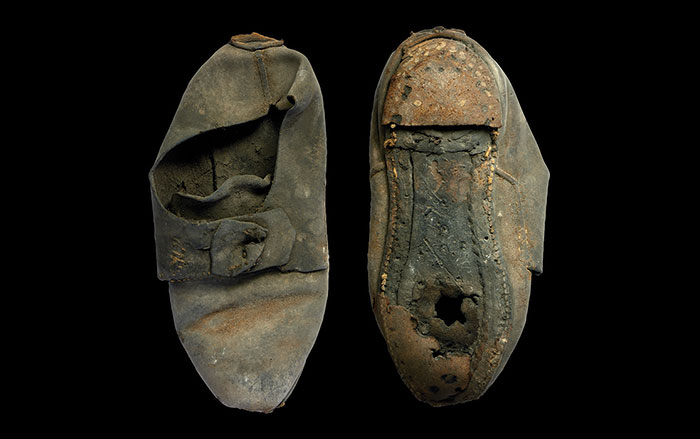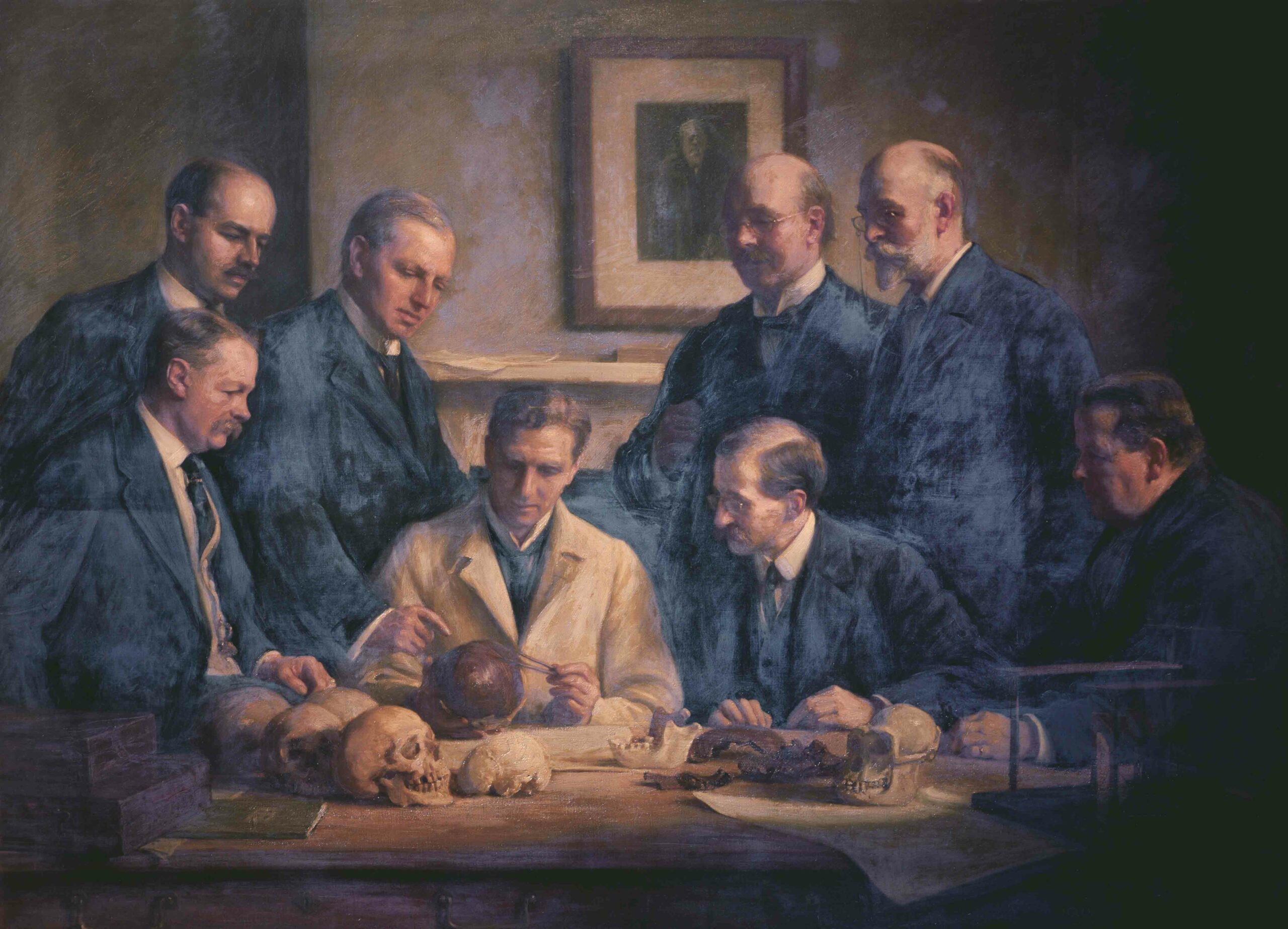
BERKELEY, CALIFORNIA—USA Today reports that a team of researchers including Theodore Peña of the University of California, Berkeley, is analyzing street trash and storage containers preserved at Pompeii, a Roman city destroyed by the eruption of Mount Vesuvius in A.D. 79. Peña said that in a farmhouse near Pompeii the team found beat-up kitchen gear on the shelves, including a dented bronze bucket, pots with broken rims, and a cracked casserole dish. The stove was full of ashes, suggesting that the people “just basically didn’t take out the garbage.” The researchers also found that the amphoras at a wine-bottling facility had been patched before reuse. And the lack of pieces of glass and ceramic in street trash suggests that the material was being repaired and recycled. “We’re actually starting to see evidence of people’s choices and how they dealt with their objects,” said graduate student Caroline Cheung. To read in-depth about the archaeology of Roman refuse, go to “Trash Talk.”


